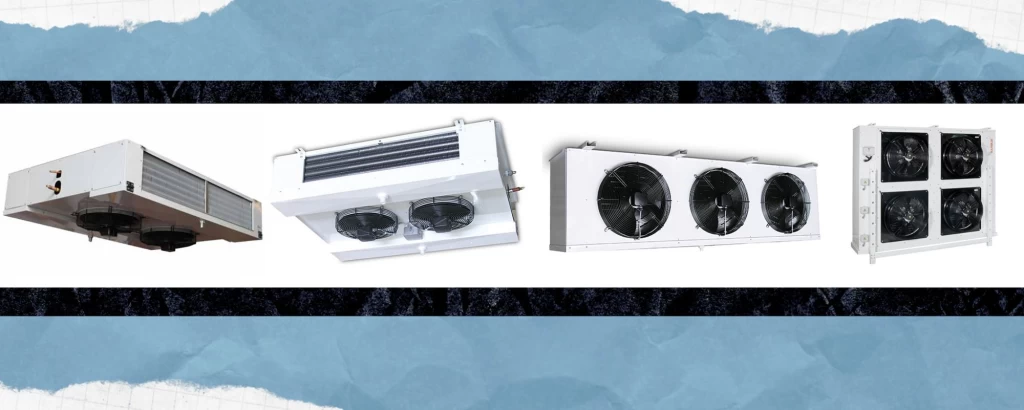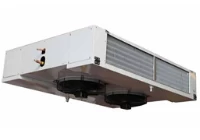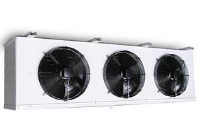


The cooling process takes place when the liquid in the liquid state refrigerant evaporates in the evaporator and absorbs the latent heat of evaporation from the environment. This situation is similar to the evaporation of the cologne we pour into our hands. In a cooling system, the Evaporator is a device that provides heat extraction from the environment by means of which the refrigerant evaporates. The structure of the evaporator should be designed in a way that will ensure good and rapid evaporation of the refrigerant, take the heat of the refrigerated material with a good heat transfer, high efficiency and keep the pressure difference of the refrigerant inlet and outlet at a minimum level. Energy efficiency in cooling systems is an issue whose importance is increasing day by day due to the inability to provide cheap energy. Products with high energy efficiency pay for themselves in a very short time and become profitable in the ongoing process, although their initial investment costs are higher than standard products. Because of environmental problems, it is appropriate to choose high-efficiency products.




Coolers; In practice, it can be produced in very different designs and sizes according to the circulation method of the liquid or air desired to be cooled, the refrigerant control type and the application under working conditions.
Structure of the evaporator; It should be designed in a way that will enable the refrigerant to evaporate well and quickly, take the heat of the cooled substance (air, water, brine, etc.) with a high efficiency by providing a good heat transfer and keep the pressure difference (losses) of the refrigerant at the inlet and outlet at a minimum level, but the last of these often contradicts the first two. Namely; Necessary conditions for a good heat transfer and good evaporation require that the inner and outer surfaces be more recessed and more easily wetted (more hairy) and this situation increases the pressure losses. Therefore, evaporator design requires a mode of operation that requires extensive experience and attention, as well as frequent use of experiments. The most important factor in directing these studies is the type and location of the substance to be cooled (liquid, solid, gas). In addition, while the refrigerant exchanges heat, the condition of the volume in which it is located and moves creates significant changes in the evaporator design.
Evaporator Types can be grouped into 3 main groups according to the characteristics of the application; (A) Evaporators used to cool gaseous substances (usually air), (B) Evaporators for cooling liquid substances (Water, brine, antifreeze, methylene glycol, chemical fluid, etc.), (C) Evaporators for solids cooling (Ice, ice) skating rink, metals, etc.)